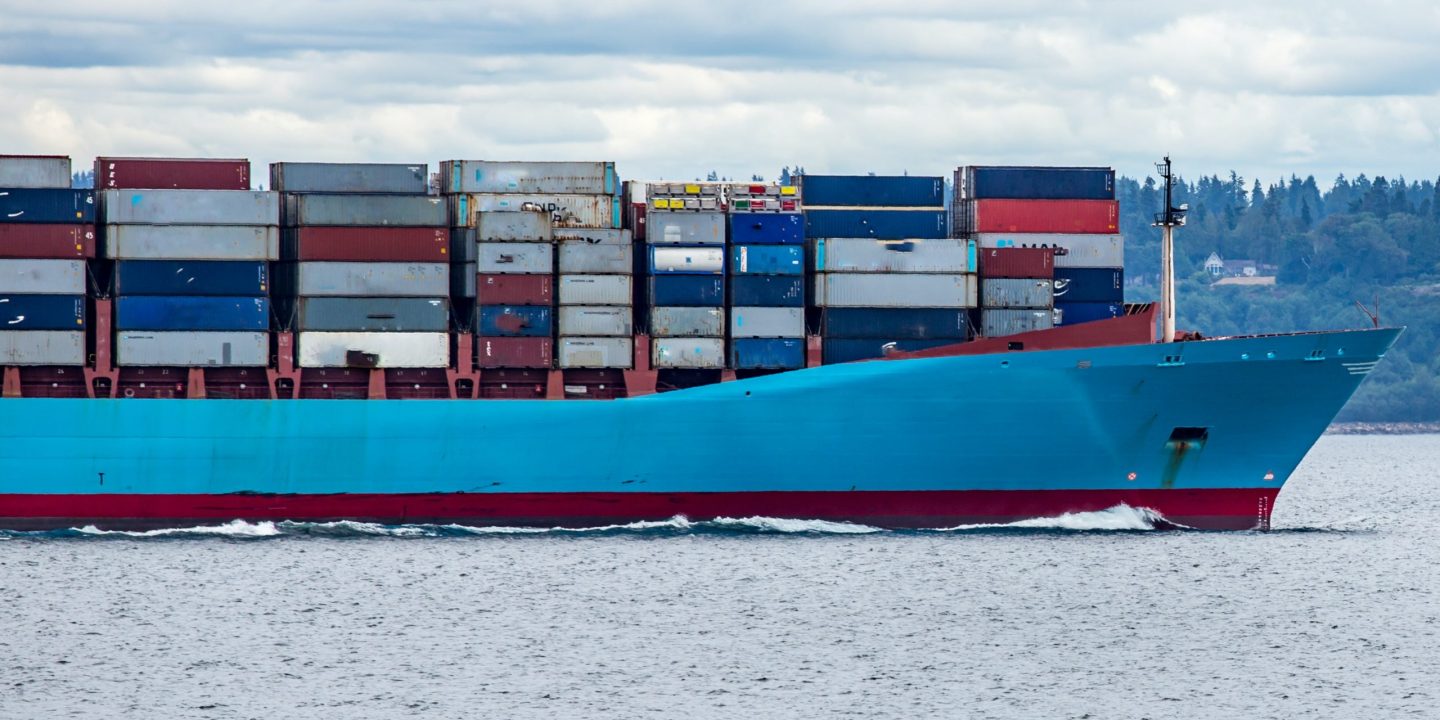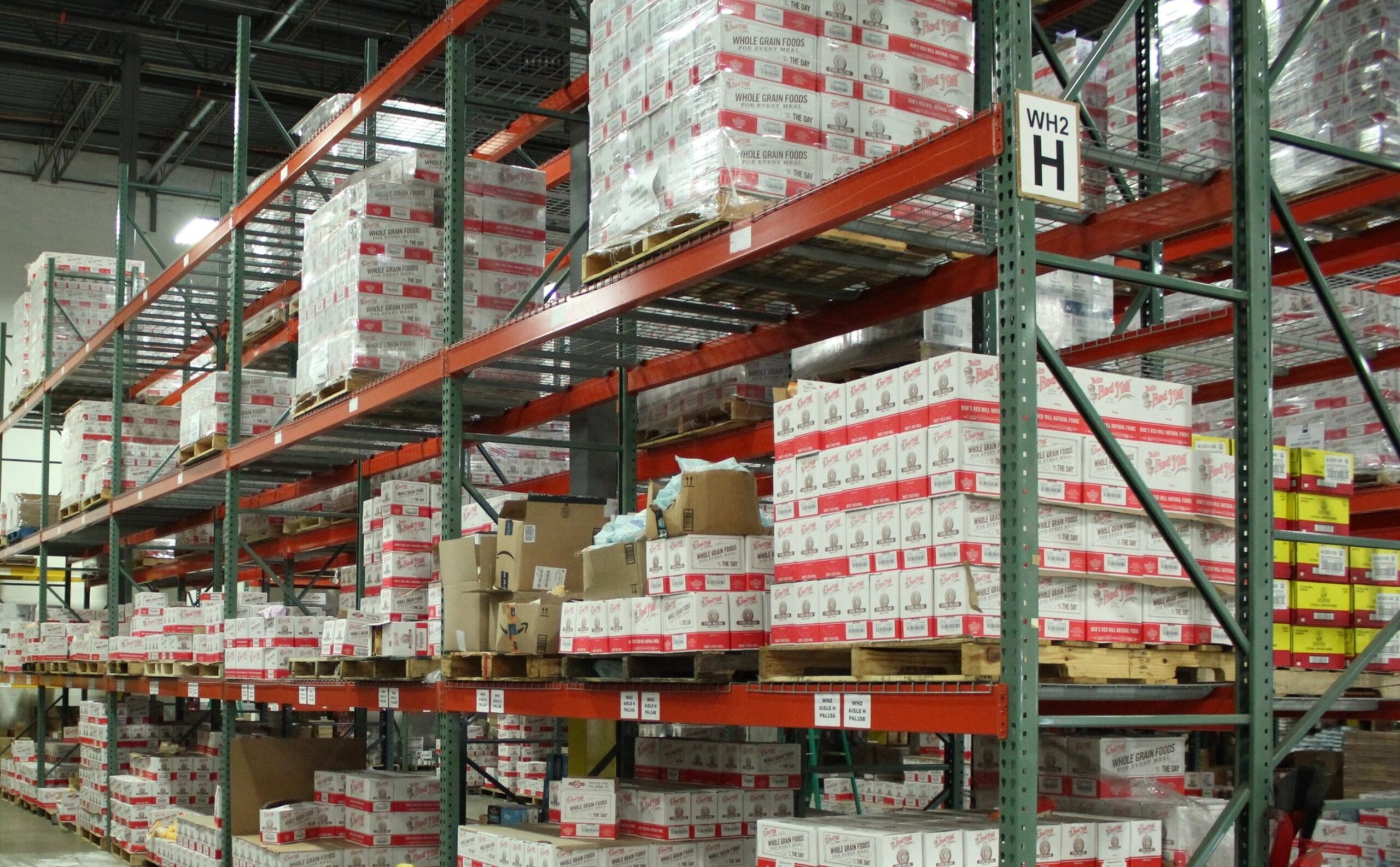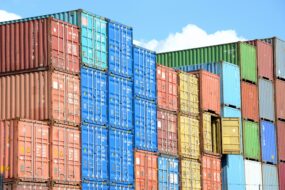Contents

Carbon-neutral shipping aims to reduce the carbon footprint of your company’s shipping practices. It involves a level of environmental consciousness, aiming to reduce environmental harm wherever possible.
More and more businesses are interested in reducing their carbon footprint. Carbon-neutral shipping is one way that many are attempting to do so.
What Does Carbon Neutral Mean?
Carbon neutral means that all particular practices result in a net-zero amount of carbon dioxide. The goal isn’t to wholly avoid any carbon dioxide release. Instead, it’s to offset any release by removing the same amount from the atmosphere.
Some businesses aim to strike a balance between the carbon emissions they release and the carbon emissions they absorb, aiming for that net-zero final result. Others aim to release no carbon from the start.
What Is Carbon-Neutral Shipping?
Carbon-neutral shipping aims to reduce the carbon emissions from shipping practices. Most often, these efforts don’t result in a net-zero amount of carbon emissions.
It’s virtually impossible to eliminate all carbon emissions from the shipping process, but there are other steps businesses can take to offset those emissions. The goal is to reduce the overall carbon footprint involved in the shipping process and get close to a net-zero level of carbon emissions.
The Importance of Carbon Neutrality
More businesses are committing to carbon-neutral policies. These efforts not only help the environment, but they also matter to consumers. Customers are more likely to support businesses that commit to reducing their carbon footprint, and this can mean a more dedicated customer base for your business.
Sustainable shipping solutions can really matter to your customers as well as prospective customers. Your attempts at carbon-neutral shipping show that you care about the environment and put your ideals into action in your business.
While the initial change to carbon-neutral shipping requires an investment, it results in cost savings over time. Environmentally friendly shipping practices reduce packaging costs, lower fuel costs, and result in cost-savings for your business.
Steps to Take Toward Carbon-Neutral Shipping
There are many steps you can take in your packaging and shipping processes to reduce your carbon output. We’ve outlined a few steps you can start implementing today:
Assess Your Impact
The Carbon Fund has a Carbon Emissions Calculator you can use to determine your business’s carbon footprint. It can be an eye-opening exercise to get an idea of just how much of an environmental impact your operations have.
Reduce Your Packaging
There is a lot of wasted packaging in e-commerce shipping. Small items are often placed in boxes that are too big for them, and the empty space is filled with other wasted materials, like packing peanuts or plastic fillers.
You can greatly reduce your packaging by analyzing how much wasted space is used in your packages. Reducing this can have a large environmental impact.
You’ll also save money since most shipping carriers charge by DIM (dimensional) weight. If your packages are smaller, you’ll spend less on shipping charges.
Consider New Packing Materials
Choose environmentally friendly packing materials over plastics. Eco-conscious packing materials include recycled papers and cardboard, inflatable air pillows, and corrugated bubble wrap.
Bioplastics, which are made from plant-based materials, and biodegradable plastic packaging are good alternatives to traditional plastic packing materials. These are usually plastics that have been changed to break down more easily in heat or light.
Consolidate Shipping Routes
Avoid sending out half-empty trucks whenever possible. Group smaller shipments together to reduce fuel waste. You’ll save money on fewer trips, and you’ll reduce your carbon imprint in the process. Use logistics to analyze your shipping routes and find where you can easily consolidate.
Use Fulfillment or Distribution Centers
If you ship nationwide, it can help to use multiple fulfillment or distribution centers throughout the country. This way, your products will have to travel shorter distances to reach your customers. This can reduce transport and fuel costs as well as handling and storage fees.
Look for Carbon Offset Opportunities
If your business can contribute to environmental causes or projects, this can offset some of the impact of your shipping practices. Some consumers criticize this method as a means of buying your way out of changes that will have a bigger and long-term impact, so it’s wise to implement this along with other changes.
Logistipedia Can Help You Reduce Your Carbon Footprint
While truly carbon-neutral shipping isn’t yet possible, Logistipedia can help you find sustainable ways to reduce the environmental impact of your company’s shipping processes. With some changes, you can offset the carbon emissions your business does make in the shipping process, and this can have a big environmental impact over time.
Carbon-Neutral Shipping FAQs
What is carbon-neutral shipping?
Carbon-neutral shipping aims to offset the impact of any carbon emissions during the fulfillment and shipping process. The goal is net-zero carbon emissions.
Is carbon-neutral shipping possible?
While achieving truly net-zero carbon emissions for shipping is not likely at this point, businesses can greatly reduce carbon emissions during the shipping process by making some major changes in their processes.
What changes reduce carbon emissions during the shipping process?
Reducing overall packaging, choosing eco-friendly packing materials, optimizing shipping routes, and funding environmental projects and efforts can all help to reduce the impact of carbon emissions in the shipping process. Even seemingly small changes can have a big impact over the long term and across an entire company’s operations.
Does carbon-neutral shipping cost more?
Generally, yes. You’ll pay more for some shipping services that are aimed at reducing carbon emissions. You’ll also have to invest in new systems that cost more upfront, but over time, you can enjoy savings from some of these environmentally friendly changes. For example, reducing your packaging can save you money in the long run.
References
More Companies Want to Be “Carbon Neutral.” What Does That Mean? (June 2020). Vox.
Why and How to Make Your Company Carbon Neutral. (March 2020). Forbes.
Consumers Expect Brands to Address Climate Change. (April 2021). The Wall Street Journal.
Business Emissions Calculators. The Carbon Fund.




